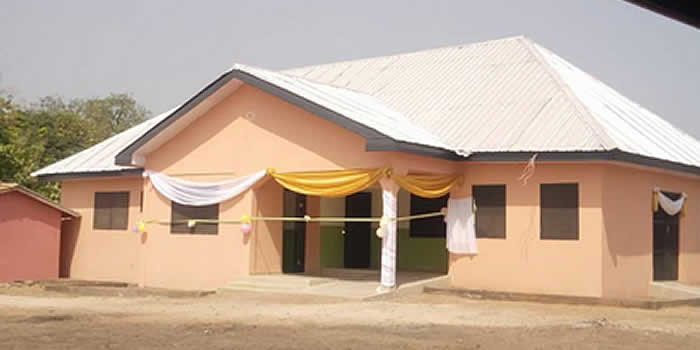

District Economy
Majority of the people in the district are engaged in agriculture with the commercial and industrial sectors least developed.
The expenditure pattern is used as a basis of assessing the income status of the District. The difference between the income and expenditure patterns explains the transfers and remittances the households receive from outside their main sources and signifies a situation of ‘no savings’. The level of income and expenditure of the districts gives an indication that the potential for development exists and the right management will determine the take-off. About 20% of the population accounts for almost 75% of the total expenditure of the district and these are found in the urban areas. It means that incomes are not equitably distributed and there is a wide discrepancy between rural and urban incomes.
Agriculture accounts for about (78.8%) of the District labour force (that is employed population 15 years and older), Commerce account for about (9.7%), while manufacturing and other sectors account for about (11.5%).The main crops grown in the District include yam, cassava, maize, rice, and groundnut.
Fishing is an important agricultural activity in the District because of the presence of the Oti River and its tributaries and the Volta Lake. People leaving in settlements around it do a lot of intensive fishing. Various types of fresh water fish is normally harvested in the rivers. Some of the fish types include; tilapia, mud fish, among others. There are very few small scale agro-based processing industries in the district. The bulk of agricultural produce is sold unprocessed. Most of the farmers sell their produce in the major markets of Dambai and in Accra and some also sell to middlemen and most of the time women from the big cities of Accra, Kumasi, and Cape Coast.
Date Created : 11/23/2017 1:23:20 AM











 facebook
facebook
 twitter
twitter
 Youtube
Youtube
 +233 593 831 280
+233 593 831 280 0800 430 430
0800 430 430 GPS: GE-231-4383
GPS: GE-231-4383 info@ghanadistricts.com
info@ghanadistricts.com Box GP1044, Accra, Ghana
Box GP1044, Accra, Ghana